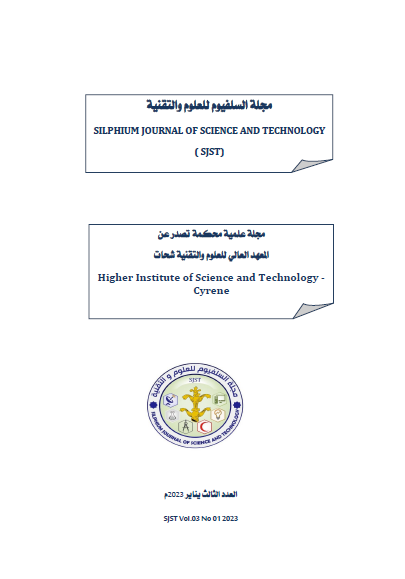A Study to analysis the effect of the vulnerability CVE 2016 7256 in several Versions of windows and the strategies used to decrease its vulnerability
Keywords:
Attack, vulnerability, Windows security, CVE-2016-7256, ThreatAbstract
Vulnerability verification and exploitation are evolving into an essential part of security, particularly in distributing malware code, system hacking, efforts to generate patches, improving the source code, or software updates. Vulnerabilities in media, programs, including browsers, readers of documents, players, and internet services.
This paper discusses user-level through system administrator-level mitigation strategies for the CVE-2016-7256 vulnerabilities. Windows is used to evaluate the two different files; one file is patched, and the second one is not acquired from a new installation to understand the module's technological component and how this affects the operational mechanism. We will be able to identify the modules that cause system vulnerabilities due to this. With WinDBG, a stack trace may be performed to identify the appliance call from when it was received to when the exemption was triggered. However, this stack trace can easily be performed if the system can crash. As a result, the crash can be investigated in the stack, and the heap since memory is dynamically assigned to them. Additionally, this paper will illustrate how the system may be kept secure by managing the server well.


